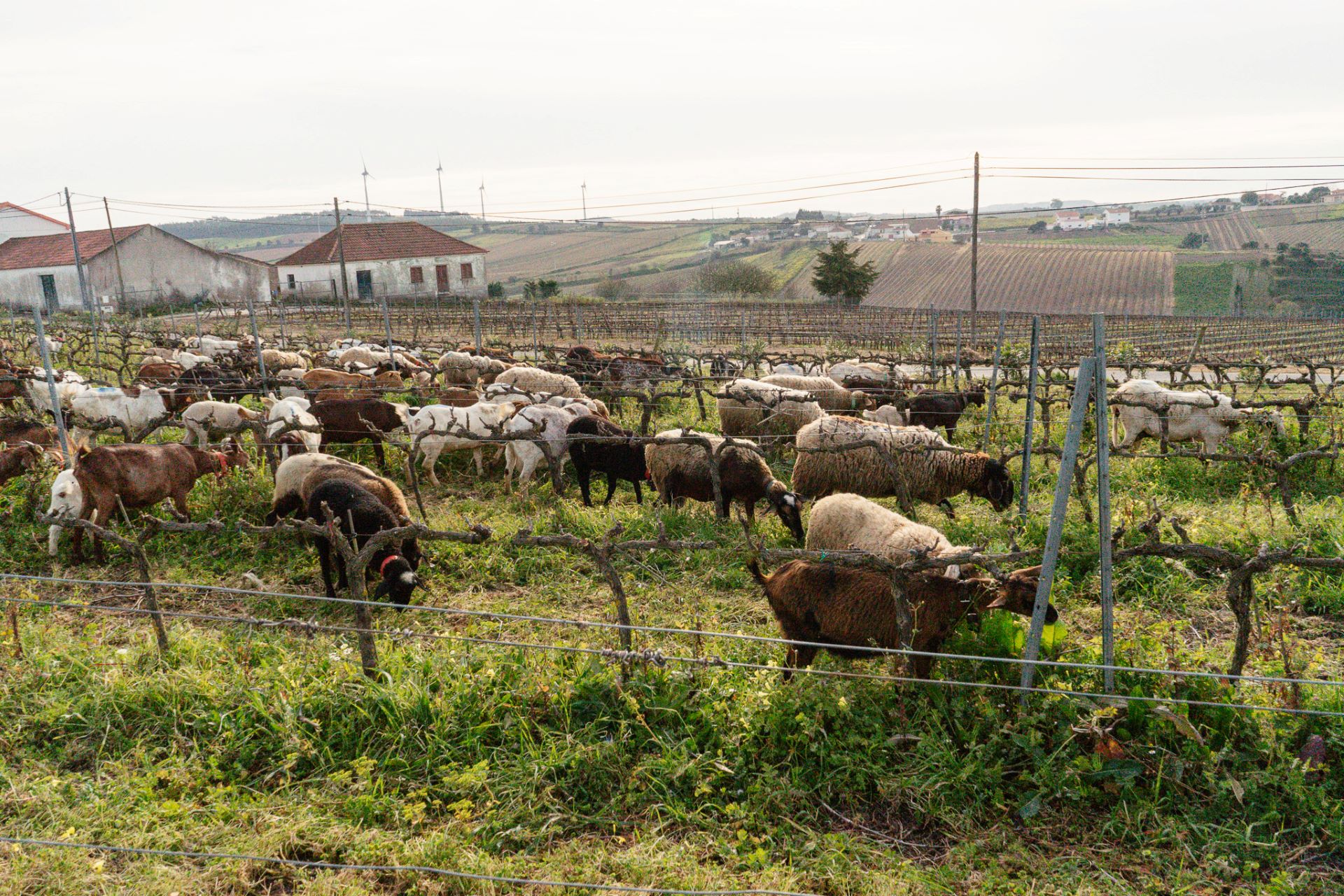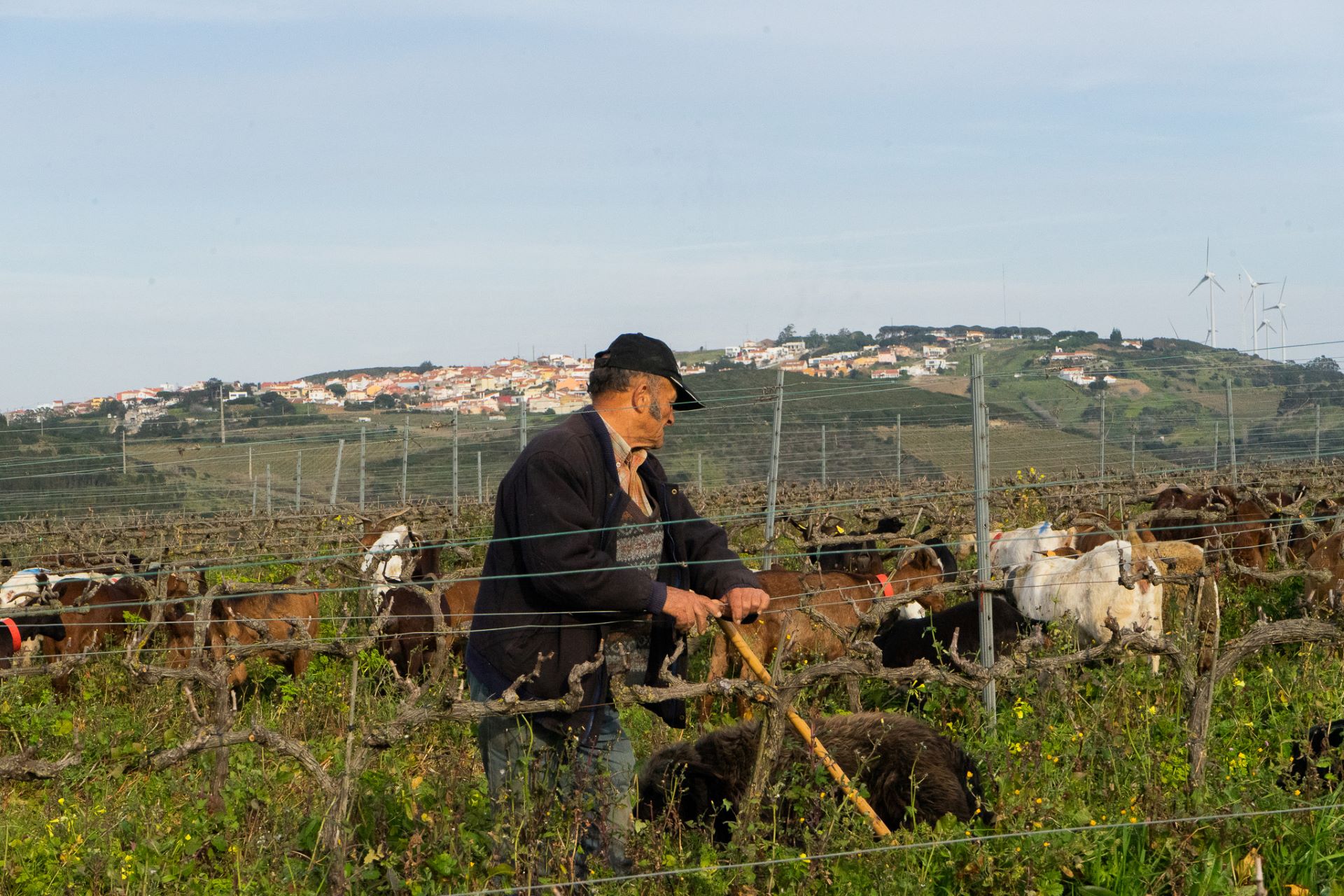Facilitating Regenerative Agriculture in Europe
Interview with Ivo Degn, CEO and Co-Founder of Climate Farmers.
Regenerative agriculture is a farming practice that focuses on improving soil health to maximize the positive ecological, social, and economic impact of agriculture. It is an ongoing process, context-specific, outcome-based, and systemic, as stated in the founding White Paper of the European Alliance for Regenerative Agriculture.
Regenerative agriculture can solve many of the current challenges simultaneously such as climate change, biodiversity loss, food systems resilience, and farmers’ incomes, among others. Europe is seeing a growing movement of farmers adopting regenerative management practices. Ivo Degn and his organization, Climate Farmers, have been supporting that transition to scale regenerative agriculture in Europe supporting farmer’s transition, from the ground up.
When did Climate Farmers start and what changes have you seen in regenerative agriculture?
Philippe (Birker, fellow co-founder) and I began discussing Climate Farmers in 2019 when regenerative agriculture was niche. Despite this, we recognized its potential growth and benefits for farmers, biodiversity, and food quality. Early research on soil carbon capture further intrigued us. We embarked on a journey to understand the challenges facing regenerative agriculture pioneers across Europe. As expected, the term gained traction rapidly, but infrastructure and support lagged. Over the years, we have focused on building networks, communities, and solutions to prove the feasibility of large-scale adoption. The shift from niche to mainstream discourse on regenerative agriculture has been remarkable.
Do you foresee regenerative agriculture becoming mainstream in Europe?
Yes, there are promising indications. However, transforming supply chain agreements and regulations to support farmers in adopting regenerative practices is crucial. Historically, European farmers have complied with incentive systems that now require revision. Regenerative agriculture will become the norm due to several interdependent factors: the phasing out of fossil fuels, understanding pest cycles and treatment methods, increasing resilience against extreme weather, and improving technology for measuring food integrity.
Regenerative agriculture will become the norm.
All these factors combined will lead to regenerative agriculture being relevant, promoting healthy soils, reducing fertilizers and pesticides, and meeting demands for healthier food. It will take time, but with context-specific, outcome-based, and systemic approaches, it is achievable.
How can farmers be incentivized toward a regenerative system?
Shifting from subsidies to payment for ecosystem services is key. This aligns with farmers’ definition of regenerative agriculture shared in November 2023 at the founding of the European Alliance for Regenerative Agriculture: it is an ongoing process, context-specific, outcome-based, and systemic. So, emphasizing outcome-based approaches covering carbon capture, biodiversity, water, and nutrient cycles is key.

Additionally, recognizing social and community values is essential. By paying farmers for these outcomes, we ensure transparency and track regenerative claims, fostering a sustainable agricultural ecosystem.
What do you think the next steps will be?
Over the next year, we anticipate the emergence of certification in regenerative agriculture, a critical development that has not materialized yet. This entails establishing norms and standards. The European Alliance for Regenerative Agriculture has laid the groundwork and with certification, we will witness a segmentation of actors in the food supply chain, distinguishing those with and without certification. Greenwashing may occur, highlighting the importance of differentiating between high and low-quality certifications.
Greenwashing may occur, highlighting the importance of differentiating between high and low-quality certifications.
A promising aspect is the potential for a farmer-friendly certification scheme in regenerative agriculture. Unlike traditional certifiers, regenerative certification could involve farmers setting their own ecological, economic, and social targets. Auditors or coaches would then assist farmers in achieving these targets, fostering greater adoption of regenerative practices.
And how do you see certifications working in terms of helping consumers?
To be frank, my main concern is how certifications could confuse consumers. We are used to organic certification, and adding regenerative products to the mix could create unnecessary confusion and conflict.
I want to avoid a situation where organic is pitted against regenerative, as both have their merits. Some organic farms may not fully contribute to ecosystem or economic health, and some regenerative farms may not yet meet certain organic standards. While transparency is often suggested as a solution, expecting consumers to compare outcomes for every product is not feasible. However, new technology for measuring nutrient integrity, linked to soil health, could help. Although imperfect, it offers a potential indicator of a product’s origin in healthy soil.
We are used to organic certification, and adding regenerative products to the mix could create unnecessary confusion and conflict.
Yet, consumers may not wield significant influence in this complex landscape, and confusion remains a risk.
What role can carbon credits play in the transition, and have you identified barriers for farmers to access the voluntary carbon credits market?
The radical answer is that I do not see carbon credits playing a significant role, but the more nuanced view is that they are a crucial tool and steppingstone. However, carbon markets alone cannot finance the transition. At Climate Farmers, we sell carbon credits at over €55 a tone, significantly higher than the market average. Despite this, it remains insufficient for many farmers, especially smaller and more diverse farms, which constitute the majority in Europe and globally.
Documentation requirements pose a challenge, particularly for highly diversified and very small farms, thus, carbon credits alone cannot support the needs of millions of European farmers. Nonetheless, they serve as a valuable tool for motivating food corporations to engage in regenerative agriculture, offering a means to decarbonize the supply chain. It is an important step to document that and to bring them into the game.

Moreover, carbon credits demonstrate the feasibility of an outcome-based payment system, showcasing the ecological benefits that farmers provide. While providing additional income for farmers, carbon credits alone cannot tip the scales on a large-scale transition. However, they drive technological development and prove essential aspects of transitioning to regenerative agriculture.
What has to change to ensure a socially, environmentally, and economically regenerative system?
Concerted efforts from various stakeholders are essential. Surrounding a farm, entities like banks providing loans, insurers offering crop loss coverage, local communities, farmer associations, policymakers at local, national, and European levels, and off-takers all play pivotal roles. Each of these actors can either hinder or facilitate the transition to regenerative agriculture. Agreements must be reached across this web of relationships to support farmers in improving the overall health of their farms. And farmers are willing!
Fortunately, there is a growing awareness among these stakeholders, and collaborations are underway. Initiatives are being pursued with insurers, banks, off-takers, and farmer communities and, encouragingly, discussions on regenerative agriculture are gaining traction at the EU Commission, with governments like Spain and Germany showing openness to the concept. However, the challenge lies in coordinating these diverse stakeholders effectively.
In the coming months, one of our major endeavors is to convene stakeholders from various sectors to foster collaboration and streamline the transition process.
What is Climate Farmers doing to change bottom up the whole food value chain?
Our main focus in recent years has been connecting the farmer community across the EU, culminating in their founding an organization of farmers in November. This organization, the European Alliance for Regenerative Agriculture (EARA), is now actively involved in EU discussions on agriculture.
We have continued to connect practitioners, but much of the work now lies with the farmers themselves.
We have continued to connect practitioners, but much of the work now lies with the farmers themselves. Our ongoing efforts involve mapping impact pathways and fostering collaboration among diverse stakeholders to drive systemic change toward a regenerative agri-food system. This collaborative process aims to build understanding, empathy, and a shared theory of change.
Our upcoming work includes bringing together representatives from various sectors to develop and implement this shared vision.